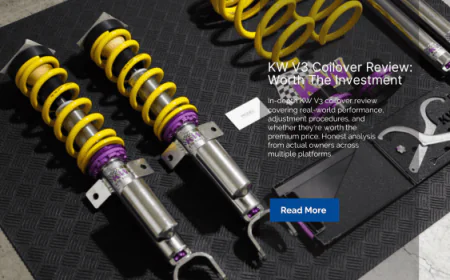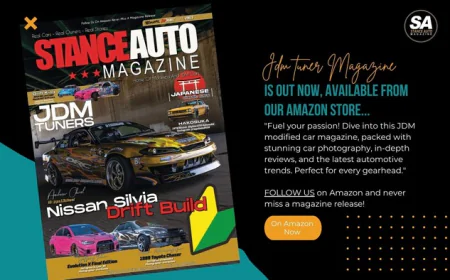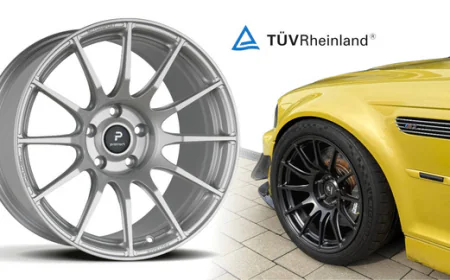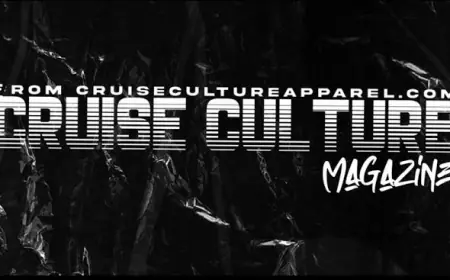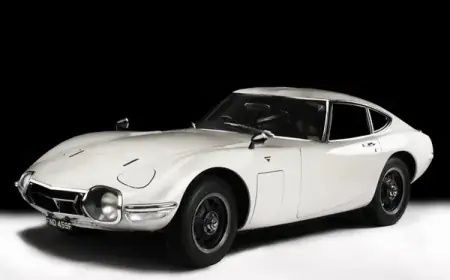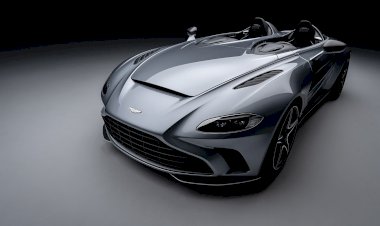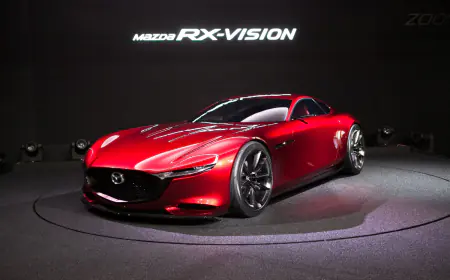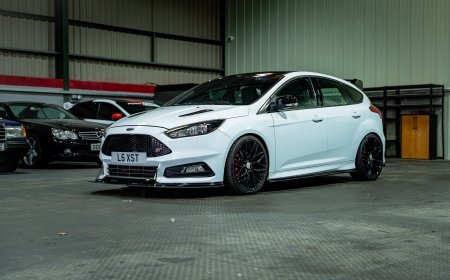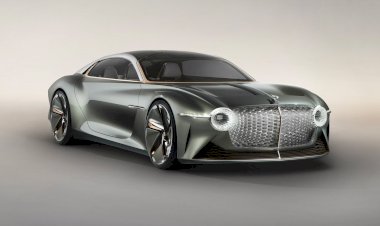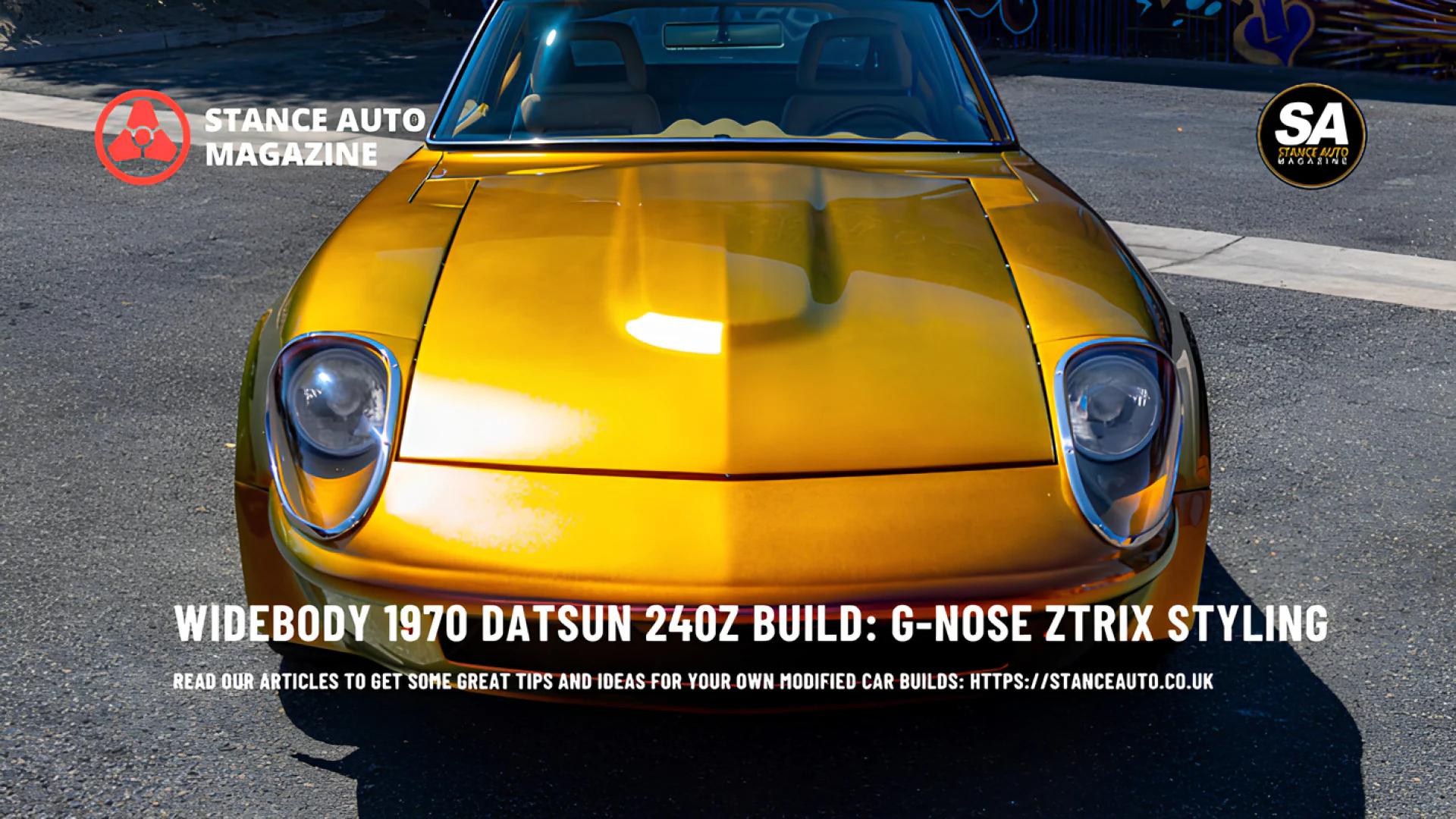The Liberty Walk F40: A Bold Reimagining
Dive deep into the controversy surrounding the Liberty Walk F40 and explore the debate on restomods - respectful restorations or sacrilegious reimaginings
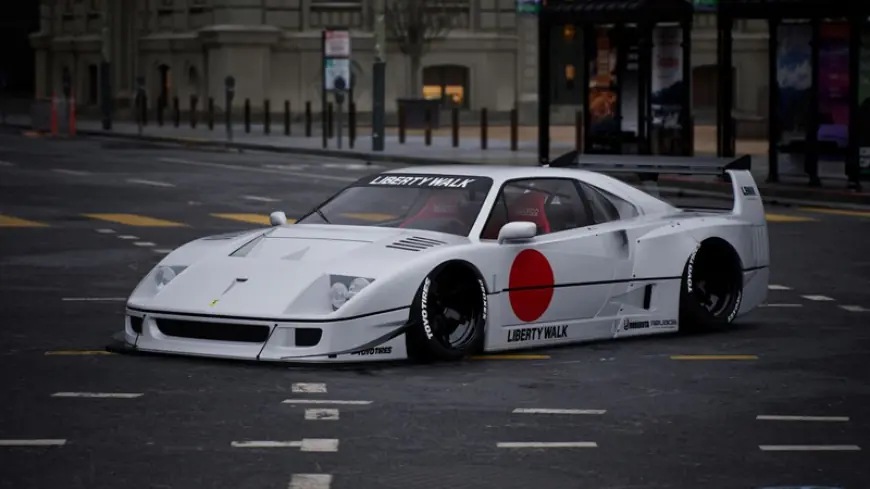
Ever since its debut in the late 1980s, the Ferrari F40 has held a mythical status in the automotive world. A raw, uncompromising celebration of Ferrari's racing heritage, it's a car that evokes a sense of awe and reverence amongst enthusiasts. So, when Japanese tuning powerhouse Liberty Walk unveiled their widebody interpretation of the F40 at the 2023 Tokyo Auto Salon, it was akin to dropping a bomb into a cathedral – a bold reimagining that sparked a firestorm of controversy. Was it a stroke of genius or a butchering of a legend? Let's delve into the world of the Liberty Walk F40 and explore the arguments on both sides.
Submit Your Modified Cars Here
Order Your Car Magazine From Amazon or Etsy - UK/EU !!
A Match Made in Tuner Heaven… or Hell?
Liberty Walk, founded by Wataru Kato, is synonymous with pushing boundaries. Their signature style involves taking high-performance cars and injecting them with a heavy dose of aggressive aesthetics – think widebody kits, slammed suspension, and a whole lot of attitude. This philosophy has earned them legions of fans who appreciate their audacious approach to car modification. However, it's also landed them in hot water with purists who view their work as sacrilege on automotive icons.
The F40, with its Pininfarina-designed lines and motorsport-derived performance, is a car that many consider untouchable. So, when Liberty Walk announced their intention to modify one, the anticipation was electric – and laced with a healthy dose of apprehension. The resulting car was, as expected, a radical departure from the original. The iconic pop-up headlights were replaced with a fixed LED setup under a Lexan cover, the fenders were dramatically extended with custom-made widebody panels, and a towering rear wing completed the aggressive look.
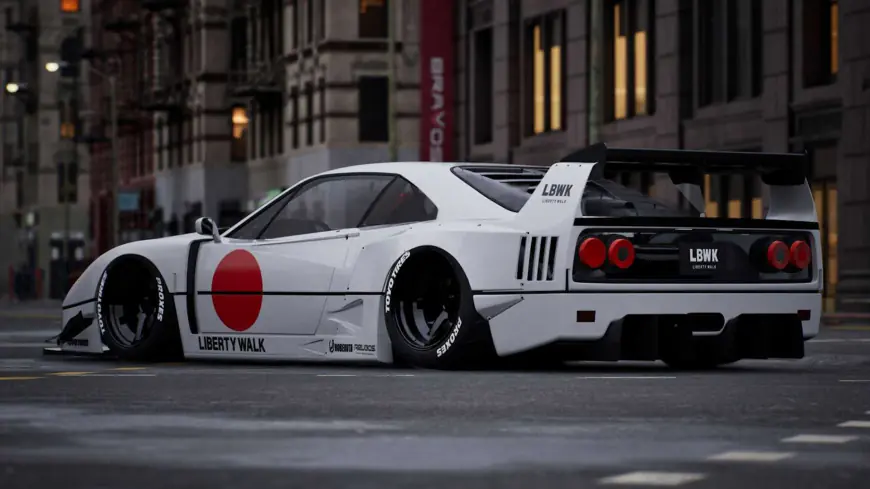
The Purists' Lament: A Symphony of Sacrilege
The backlash from a certain segment of the car community was swift and fierce. Many decried the Liberty Walk F40 as a bastardization of a masterpiece. They argued that the widebody kit destroyed the car's elegant proportions, the fixed headlights compromised its classic look, and the overall aesthetic clashed with the F40's original spirit of raw, unadulterated performance.
There's a certain merit to this argument. The F40's design is a product of a specific era in Ferrari's history, and some view modifications as disrespecting the car's heritage. Additionally, there's a concern that the extensive bodywork might affect the F40's aerodynamics and handling – a crucial aspect of its iconic performance.
The Counterpoint: Evolution, Not Destruction
However, there's another way to look at the Liberty Walk F40. Proponents see it as an evolution, a way to reinterpret a classic for a new generation of car enthusiasts. They argue that the widebody kit enhances the car's presence and visual drama, while the modern lighting technology offers improved functionality. Furthermore, some point out that the F40 was never intended to be a museum piece; it was a car built to push boundaries, and Liberty Walk's project embodies that very spirit.
There's also the argument of personal expression. Just like art can be reinterpreted, so too can cars. The Liberty Walk F40 represents the owner's vision, a way to personalize a legendary car and make it their own.
The Art of the Build: Pushing Boundaries or Crossing the Line?
Ultimately, the Liberty Walk F40 is a car that provokes strong reactions, both positive and negative. It forces us to confront the question – how far is too far when it comes to modifying a classic car? Is it about preserving history, or is there room for artistic reinterpretation?
The answer, perhaps, lies somewhere in between. There's a difference between thoughtful modifications that enhance a car's character and outright butchering. The Liberty Walk F40 certainly pushes the boundaries, but it does so with a level of craftsmanship and attention to detail that deserves respect. Whether you love it or hate it, there's no denying that it's a conversation starter, a rolling canvas that challenges our perception of automotive icons.

Beyond the F40: The Wider Debate on Restomods
The Liberty Walk F40 isn't the first, nor will it be the last, classic car to receive a controversial modification treatment. This sparks a larger conversation about "restomods" – the practice of restoring classic cars with modern components and performance upgrades. While some view it as a way to breathe new life into aging vehicles, others see it as a dilution of their original essence.
There are compelling arguments on both sides. Proponents of restomods highlight the benefits:
-
Improved Safety: Modern braking systems, airbags, and traction control can significantly enhance the safety of classic cars designed in an era with less stringent regulations.
-
Enhanced Performance: Upgraded engines, suspension components, and tires can unlock the car's true potential and offer a more engaging driving experience.
-
Preservation Through Use: By making classic cars more enjoyable and practical to drive, restomods encourage owners to keep them on the road rather than letting them languish in garages.
Opponents of resto-mods argue that they:
-
Compromise Originality: Extensive modifications can remove a car from its historical context, blurring the lines between a classic and a modern interpretation.
-
Devalue the Original Design: Some view the original design as a work of art, and modifications, however well-executed, can be seen as tampering with that artistic vision.
-
Homogenize Classics: With readily available aftermarket parts, there's a risk of restomods becoming too similar, losing the individuality and character of classic cars.

Finding the Right Balance: Respectful Restorations vs. Bold Reimaginings
Ultimately, the debate surrounding restomods boils down to striking a balance. There's a spectrum of modifications, from subtle upgrades that enhance the driving experience to radical overhauls that transform a car's character. The key lies in respecting the car's heritage while acknowledging the possibilities for improvement.
Here are some things to consider when contemplating a restomod:
-
The Car's Importance: Is it a mass-produced model or a rare, historically significant car? The rarer the car, the more cautious one should be with modifications.
-
The Scope of Modifications: Are you focusing on safety and performance upgrades, or aiming for a complete aesthetic overhaul?
-
Reversibility: Whenever possible, choose modifications that can be reversed, allowing future owners to experience the car in its original form.
The Future of Automotive Heritage: Evolution or Stagnation?
The Liberty Walk F40, and the broader debate on restomods, raise an important question about the future of automotive heritage. Should classic cars be preserved in amber, or allowed to evolve alongside technology and changing tastes? There's no easy answer.
Perhaps the best approach is one that embraces diversity. There's room for purists who meticulously restore classics to their original glory, and for visionaries who reinterpret them for a new generation. The key lies in respecting the car's history while acknowledging the potential for creative reinterpretation. After all, the cars that truly capture our imagination are the ones that continue to inspire passion, debate, and even a little bit of controversy.
Join the Discussion:
Share your thoughts and experiences with Modified Cars in the comments below! Let's create a space for informed discussion and responsible car modifications.
Take A Quiz: So you think you know all about Cars prove it,
Do you Need A Freelance Photographer? Our Photographers Are Available For Hire
UKTM no: UK00003572459
 Like
0
Like
0
 Dislike
0
Dislike
0
 Love
0
Love
0
 Funny
0
Funny
0
 Angry
0
Angry
0
 Sad
0
Sad
0
 Wow
0
Wow
0
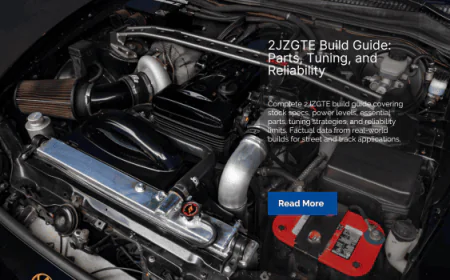

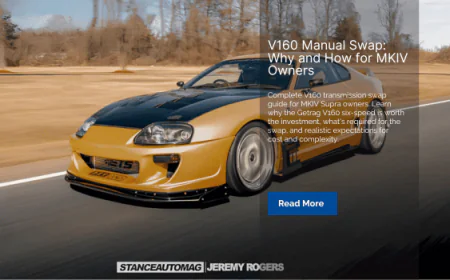
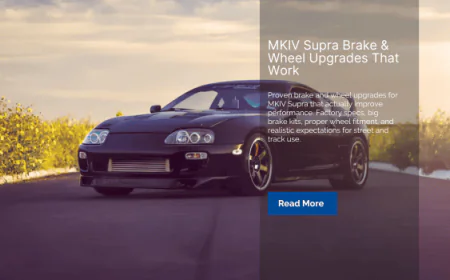



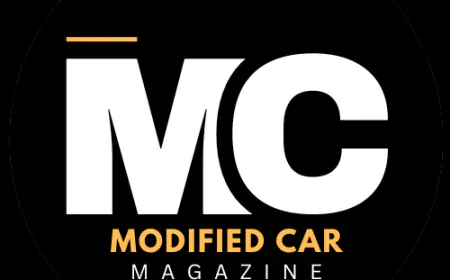







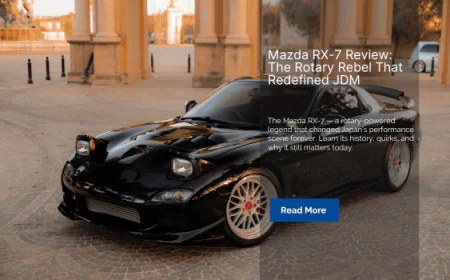
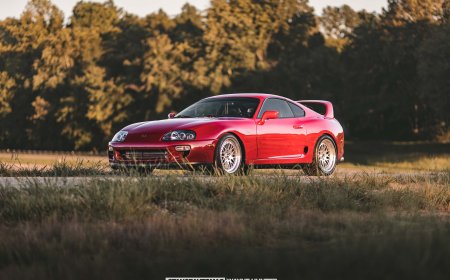











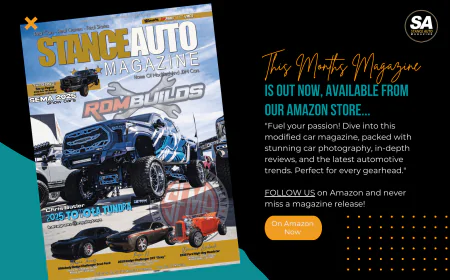
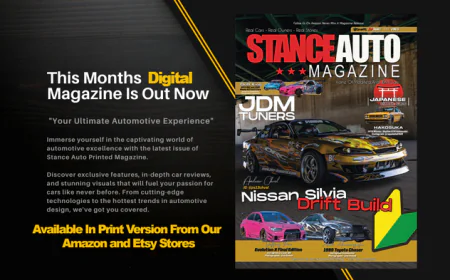


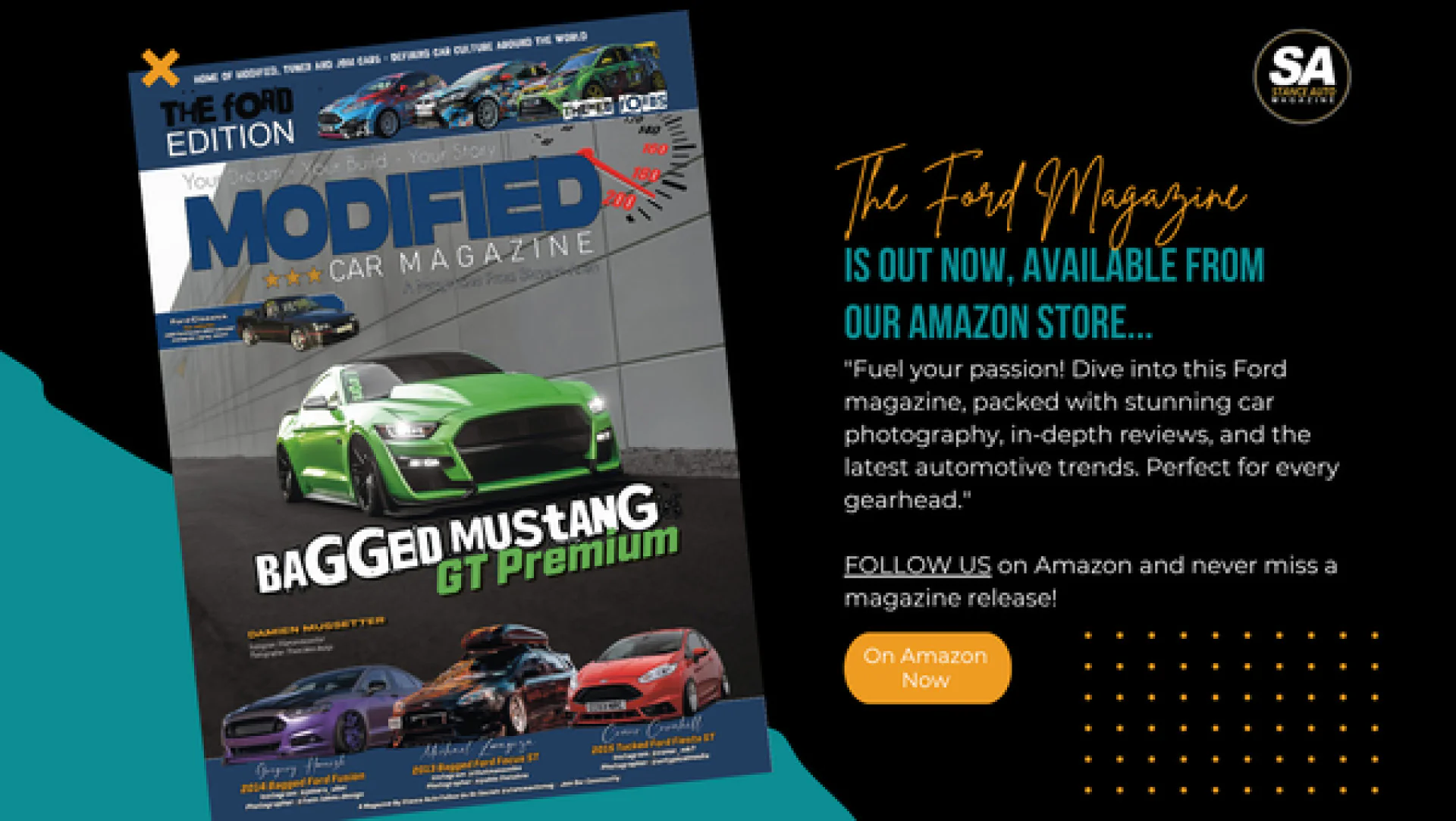

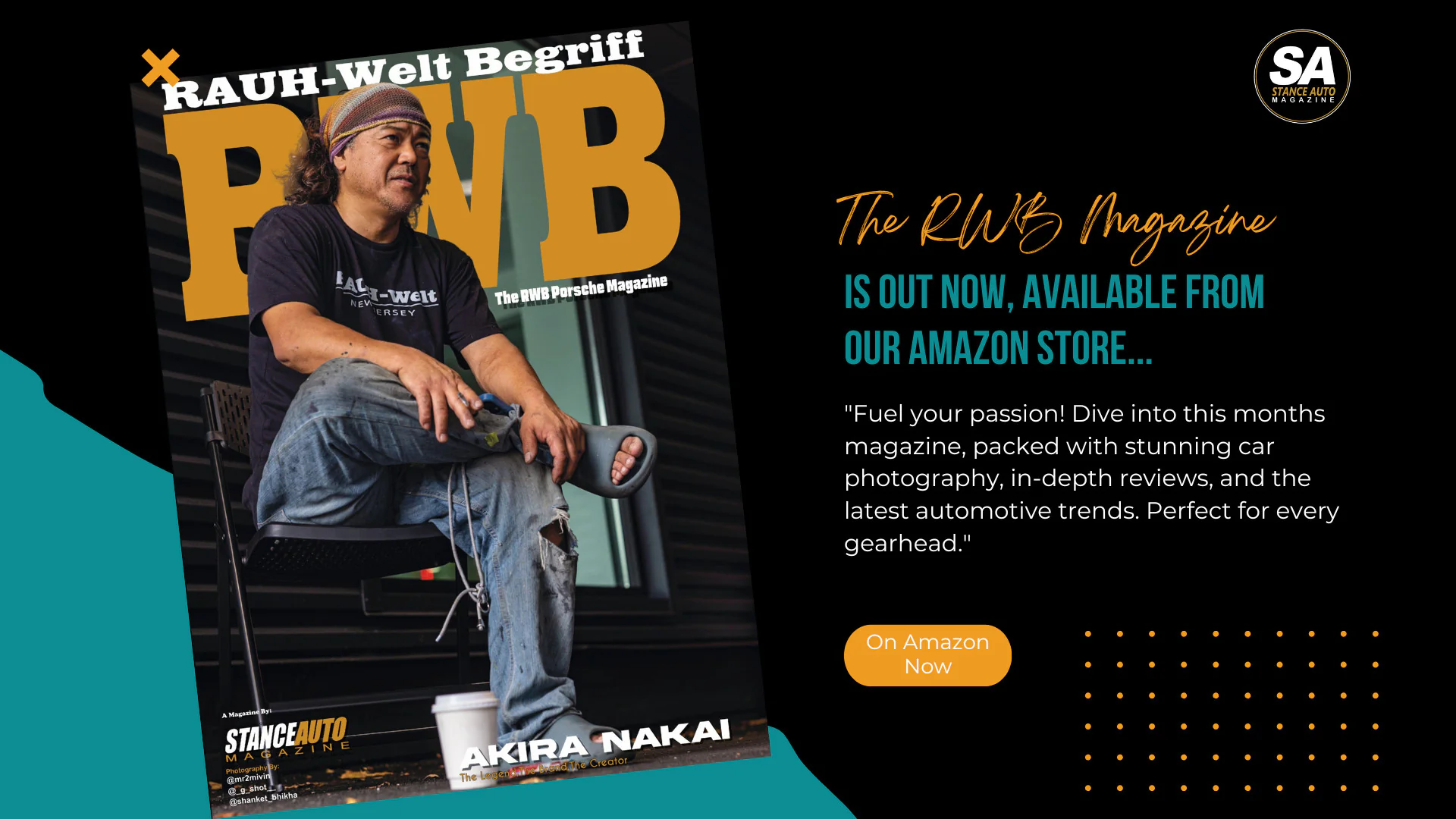
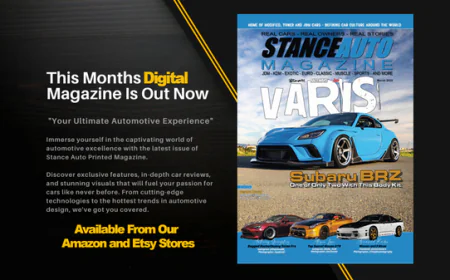
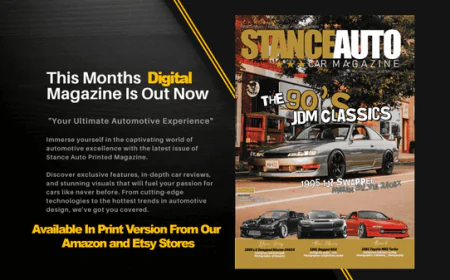
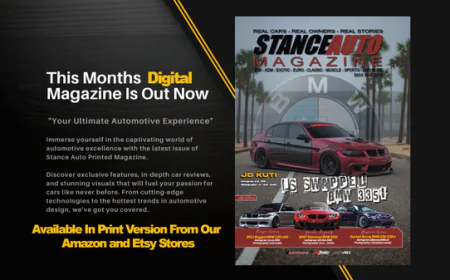

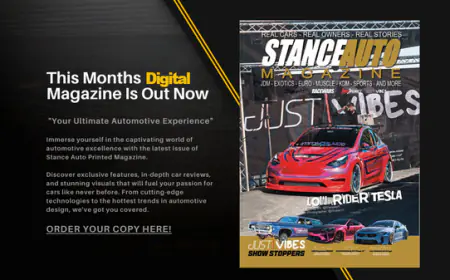



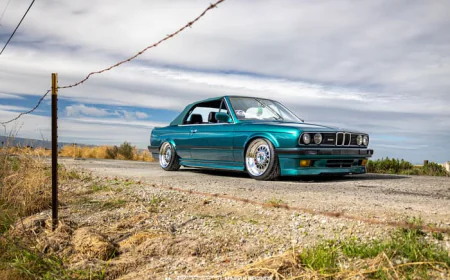


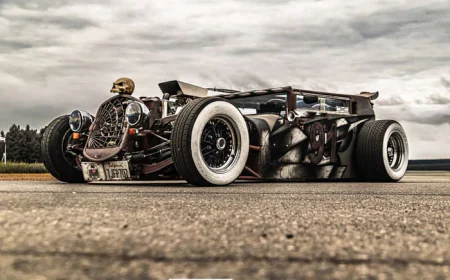
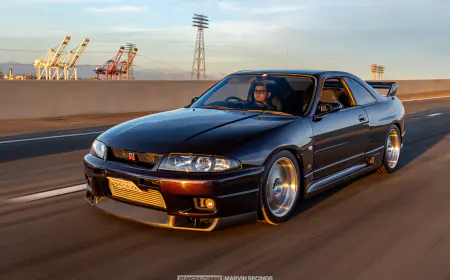



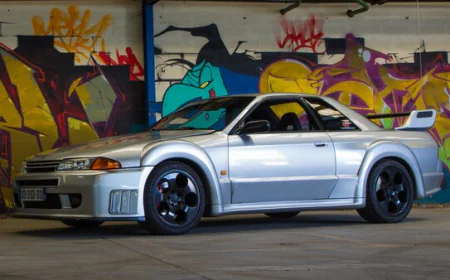

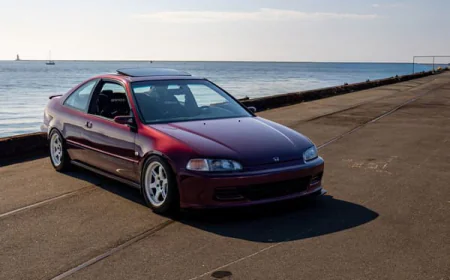

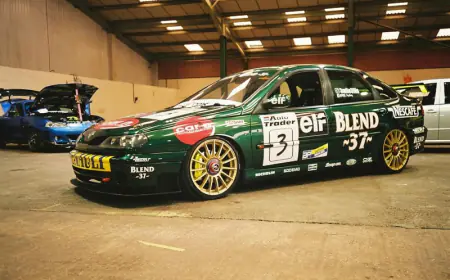





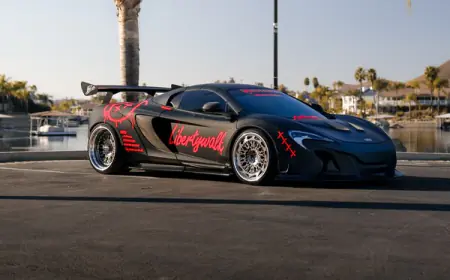
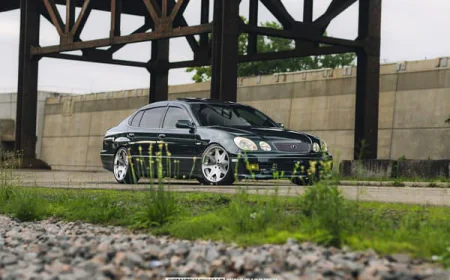




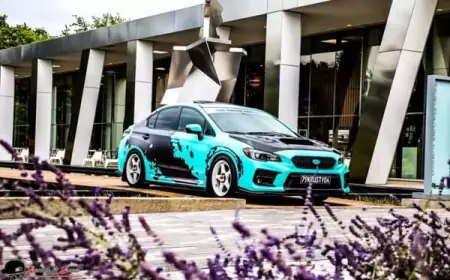


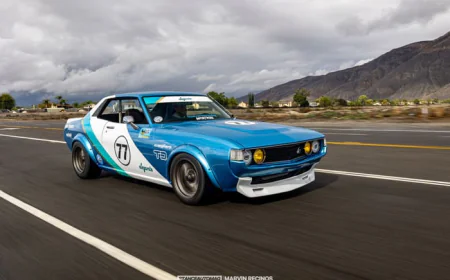
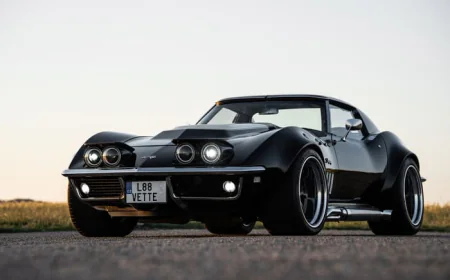








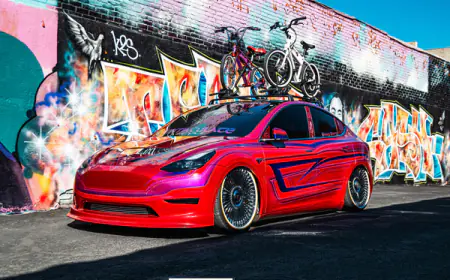



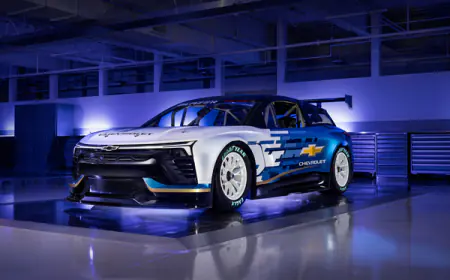




.png)












![[HOONIGAN] Ken Block's GYMKHANA NINE](https://img.youtube.com/vi/_bkX5VkZg8U/maxresdefault.jpg)











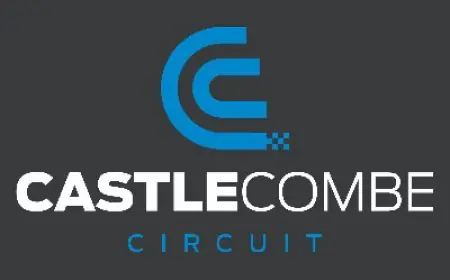











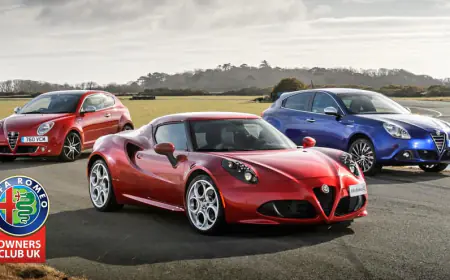











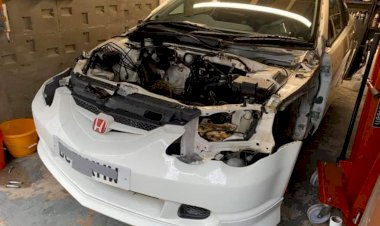

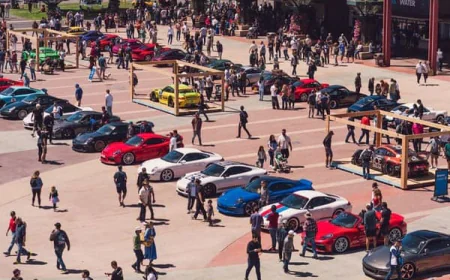

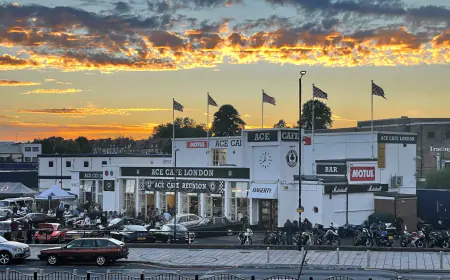
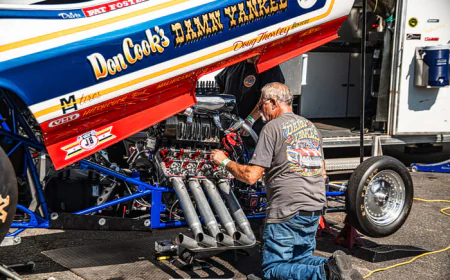
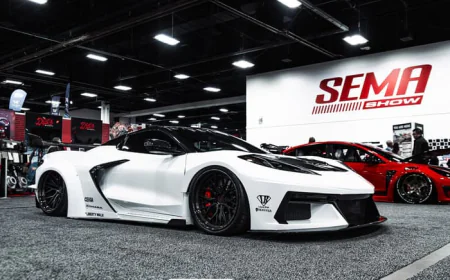
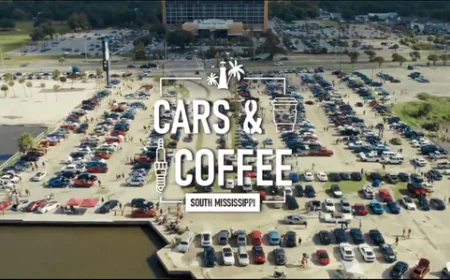



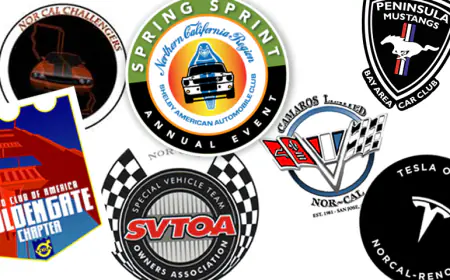
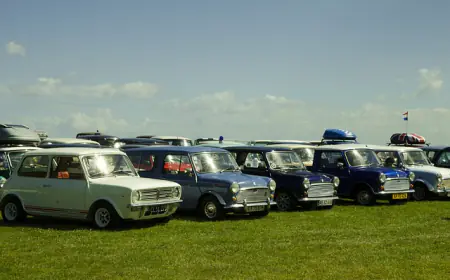









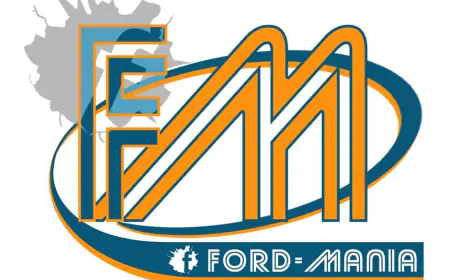














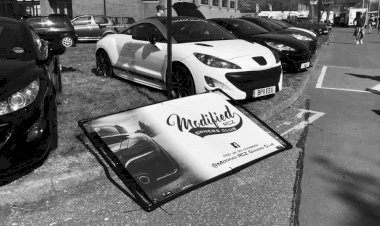









![[HOONIGAN] KEN BLOCK'S GYMKHANA SEVEN: WILD IN THE STREETS OF LOS ANGELES](https://cdn.motor1.com/images/mgl/2KlO4/s1/ken-block-london-tour-directors-cut.jpg)






